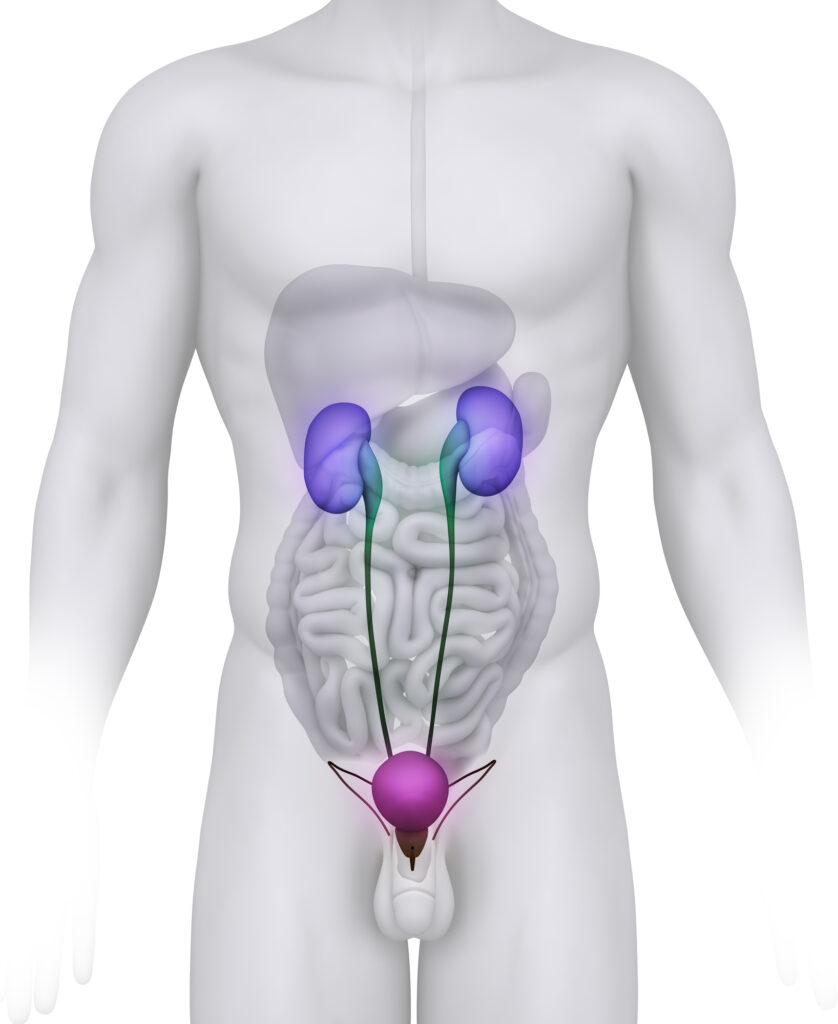Lower urinary tract symptoms (LUTS), such as weak stream and frequent nighttime urination (nocturia), are very common in older men. Previous studies have linked moderate to severe LUTS to an increased risk of death. With that in mind, Canadian researchers set out to determine whether improvement in male LUTS could reduce this excess risk of death. Their results were published in the October 2023 issue of The Journal of Urology.
The Study
The researchers analyzed data on 3,046 men aged 50 years or older with moderate to severe LUTS from a previous clinical trial (the Medical Therapy of Prostate Symptoms study). Participants were randomly assigned to active treatment with medications for LUTS—the alpha-1 blocker doxazosin, the 5-alpha reductase inhibitor finasteride, or a combination of the two—or inactive placebo treatment.
Follow-up data was used to assess the relationship between a reduction in urinary symptoms and the risk of death after an average of six years. Severity was assessed using a standard score (the AUA Symptom Score), which rates the impact of LUTS symptoms on a scale from 0 to 35. The patients’ median age was 62 years, and 117 men died during the two-year follow-up period.
After analyzing the data, the researchers determined that men assigned to all three active treatment groups had significant reductions in mortality risk, but the placebo group did not. For each one-point reduction in symptom score, the relative likelihood (hazard ratio) of death decreased by 4 percent. Greater symptom reductions were linked to greater reductions in risk of death: hazard ratio decreased by 12 percent with a three-point reduction in symptom score and by 35 percent with a 10-point reduction in LUTS.
The findings were consistent upon further analyses, including adjustment for potential confounding factors or for surgical treatment (transurethral prostate resection). Reductions in specific types of symptoms (storage or voiding symptoms) were associated with similar reductions in mortality.
Conclusions
The reduction in mortality in men receiving effective medications may have implications for the way older men are treated for LUTS. Currently, such urinary symptoms are generally viewed as a “benign condition,” treated only if they become a bothersome problem for the patient. “The findings suggest that we may need to view urinary symptoms differently, possibly with an emphasis on earlier treatment,” said the study’s lead author Blayne Welk, MD, of Western University and Lawson Health Research Institute in Ontario, Canada.
The researchers emphasize that their study cannot determine whether there is a causal relationship between improvement in LUTS symptoms and subsequent mortality risk. If so, then earlier treatment based on symptom scores would be an appropriate strategy—analogous to the long-term reductions in mortality resulting from early treatment for mild increases in blood pressure.
The authors also note that the study did not evaluate the effect of other treatment options, including newer types of selective alpha-blockers. “Further study is necessary to see if early LUTS treatment independently decreases the risk of mortality,” they wrote.






